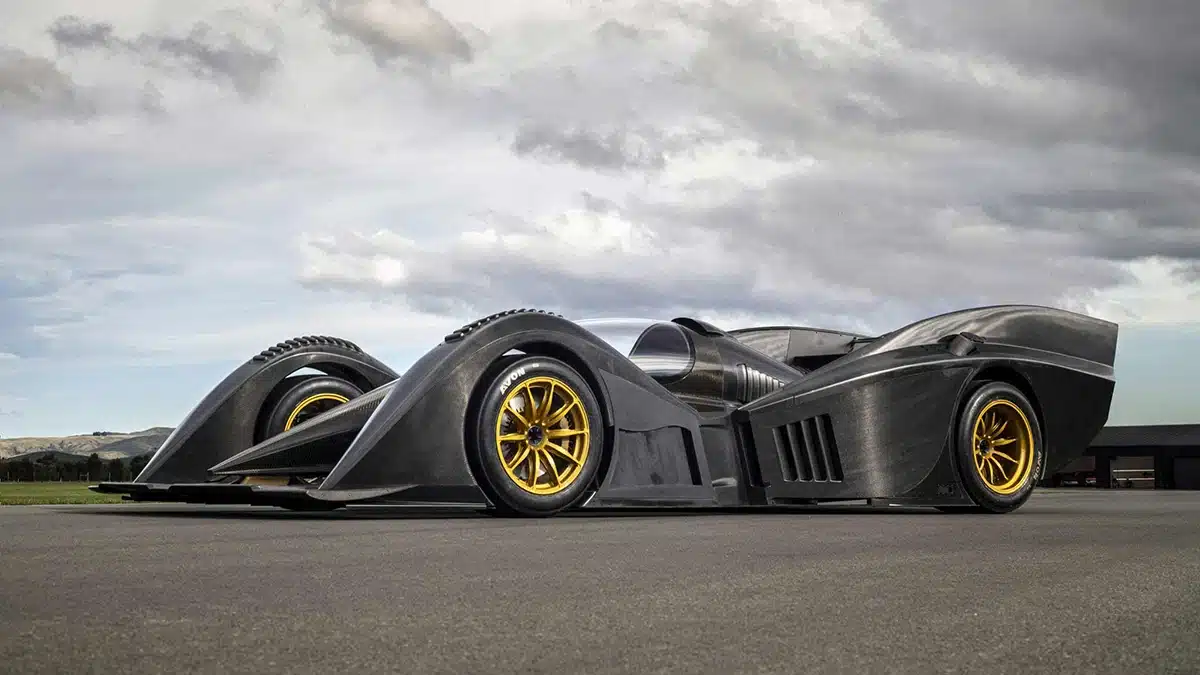McLaren Automotive has been drip-feeding us info about their new P1 supercar, ahead of its full reveal at the Geneva Motor Show in early March. Until that day when the pretty show ladies roll back the covers, here’s a little picture story of the P1’s stats so far, and it’s all about the numbers big and small. Mostly big!
– 903bhp. Yes, nearly 1000bhp – so I guess it’s officially a hypercar, then – produced by a revised version of the 3.8-litre twin-turbo V8 petrol engine found in the MP4, but this time joined by a small and potent electric motor for instant torque and a reduction in turbo lag
– 900Nm of torque. Again, knocking on the door of 1,000 units of awesome, it’s another huge figure from the new big Mac. The petrol engine makes 727bhp at 7,500rpm and 720Nm of torque from 4,000rpm. The electric motor makes the rest
– 260Nm of torque instantly. The electric motor can make as much torque as a family saloon’s petrol engine in almost zero seconds. This seamless torque-thump from standstill will make the P1 feel like it’s being shot from a giant gun. It’s called IPAS (Instant Power Assist System)
– 96kg battery. Less than 100kg; that’s very light for a battery, but this one only has minimal duties onboard the P1, with a max range of 10km. The electric power system was developed by McLaren Electronics
– 200g/km of CO2. Not that buyers of this circa £1 million megacar will be that worried about the road tax price that goes with a car of this power-station-shaming output, but, by working the electric motor in cunningly, McLaren can publish the P1 at 200g/km of CO2, which is only twice the pollution output of the smallest, most frugal little city car
– 10km emission-free driving. The McLaren P1 can use its battery and motor to travel around 10km without using petrol. The sexiest milk float in the world!
– F1-style DRS. Formula One racing fans will recognise the drag reduction system (DRS), basically mechanically controllable aero surfaces that can make or lose downforce (and therefore drag) at the flick of a switch. Like the huge hydraulic rear wing on the P1
– 10.5kg per bucket seat. The gorgeous racing bucket seats use the minimum amount of foam padding and are made of ultra-thin carbon fibre shells
– 1.5kg saved on glue. Yes, more insane levels of McLaren engineering OCD; saving 1.5kg on the interior carbon fibre panelling – of which there is plenty in the P1 – by removing the top layer of resin to leave the carbon non-lacquered and natural or raw looking. It’s a good look. Indeed, McLaren pioneered the use of carbon in vehicle production over the last three decades with a carbon chassis on the 1981 McLaren MP4/1 racer and the 1993 McLaren F1 road car. Since then, McLaren has not built a car without a carbon fibre chassis.
By Dan Anslow
For more articles like this, receive our weekly e-newsletter, including partner deals and all things motoring, register your email below.
Please note: You cannot subscribe to Smart-Motoring unless you put a tick in the checkbox below to indicate have read and agreed to our privacy policy.














